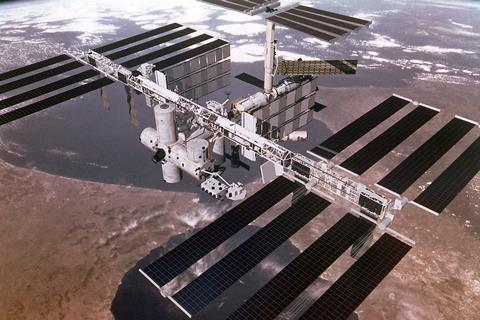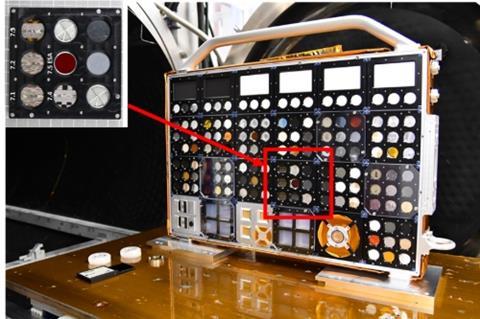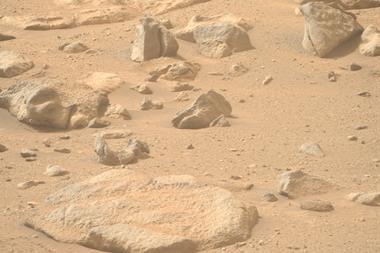Four novel polymers developed by researchers at the University of Bristol are about to undergo testing in space.

It is hoped that the materials, two of which contain nanoparticles and all of which have been reinforced with carbon fibres, could be used to create longer-lasting space components, allowing spacecraft to travel farther and spend more time in space. They are also being designed so that when they reach the end of their life they can be recycled.
The polymers, which were launched on a Space X rocket, will be placed on the Bartolomeo platform at the front of the International Space Station (ISS), where they will orbit Earth up to 9000 times over the next 12 to 18 months.
During testing they will need to survive temperatures between -150ºC and 120ºC, space debris travelling seven times faster than a bullet, severe electromagnetic radiation and high vacuum atomic oxygen.

Ian Hamerton, a polymer and sustainable composites researcher at the University of Bristol’s Bristol Composites Institute, said space was the ‘most challenging’ environment for which to design new materials. The arrival of the materials at the ISS is the culmination of five years of work for his team.
‘You’re pitting your materials expertise, skills and ingenuity against extremes of temperature, mechanical stress, radiation, high-speed impacts and more,’ he adds. ‘Any one of those might be difficult and, unfortunately, gaining access to repair them is not an easy option, so the materials we build must survive without maintenance.’
The work has included the efforts of early career researchers, postgraduates and several Aerospace Engineering undergraduates at the University of Bristol, whose final year research projects have been linked to the space materials project.

















No comments yet